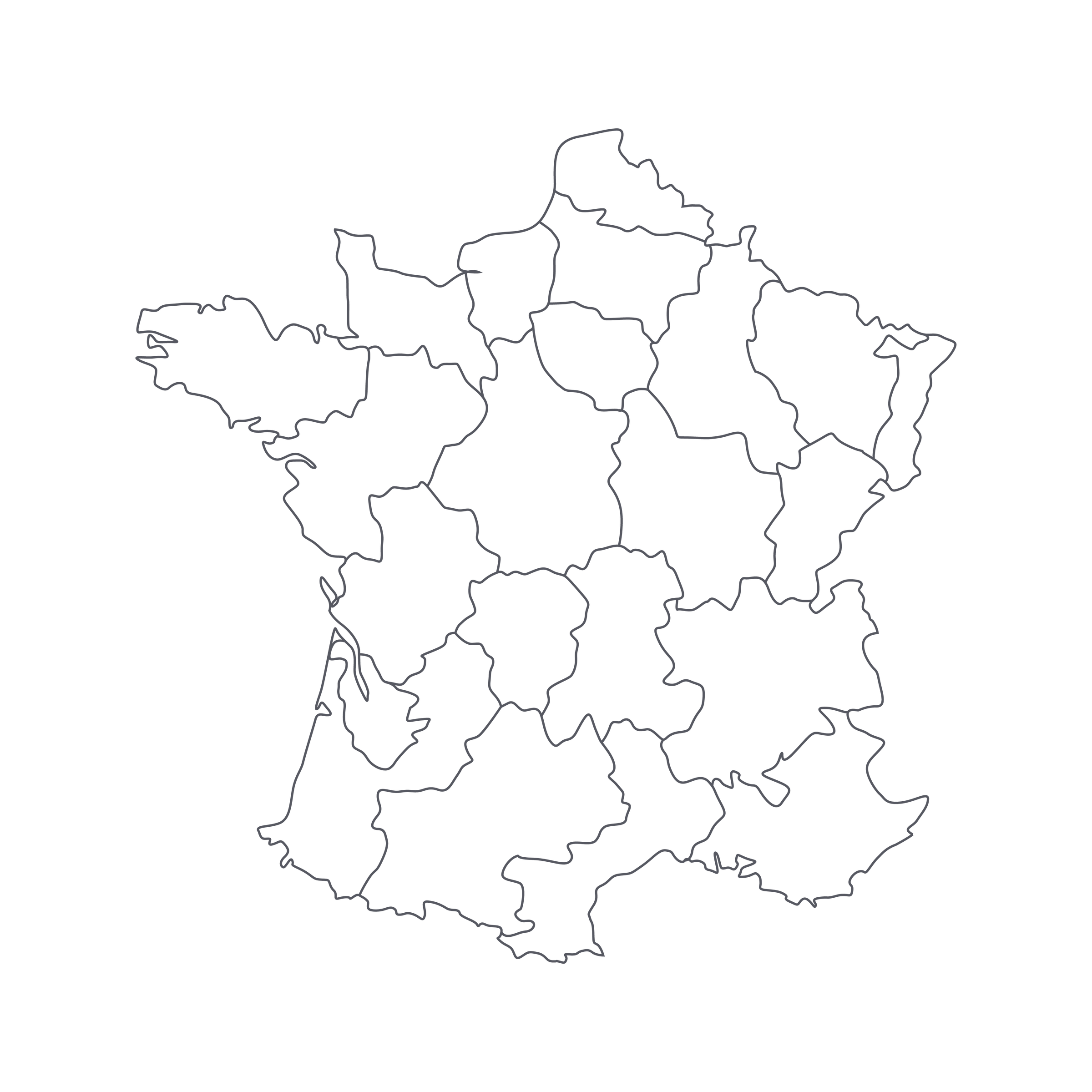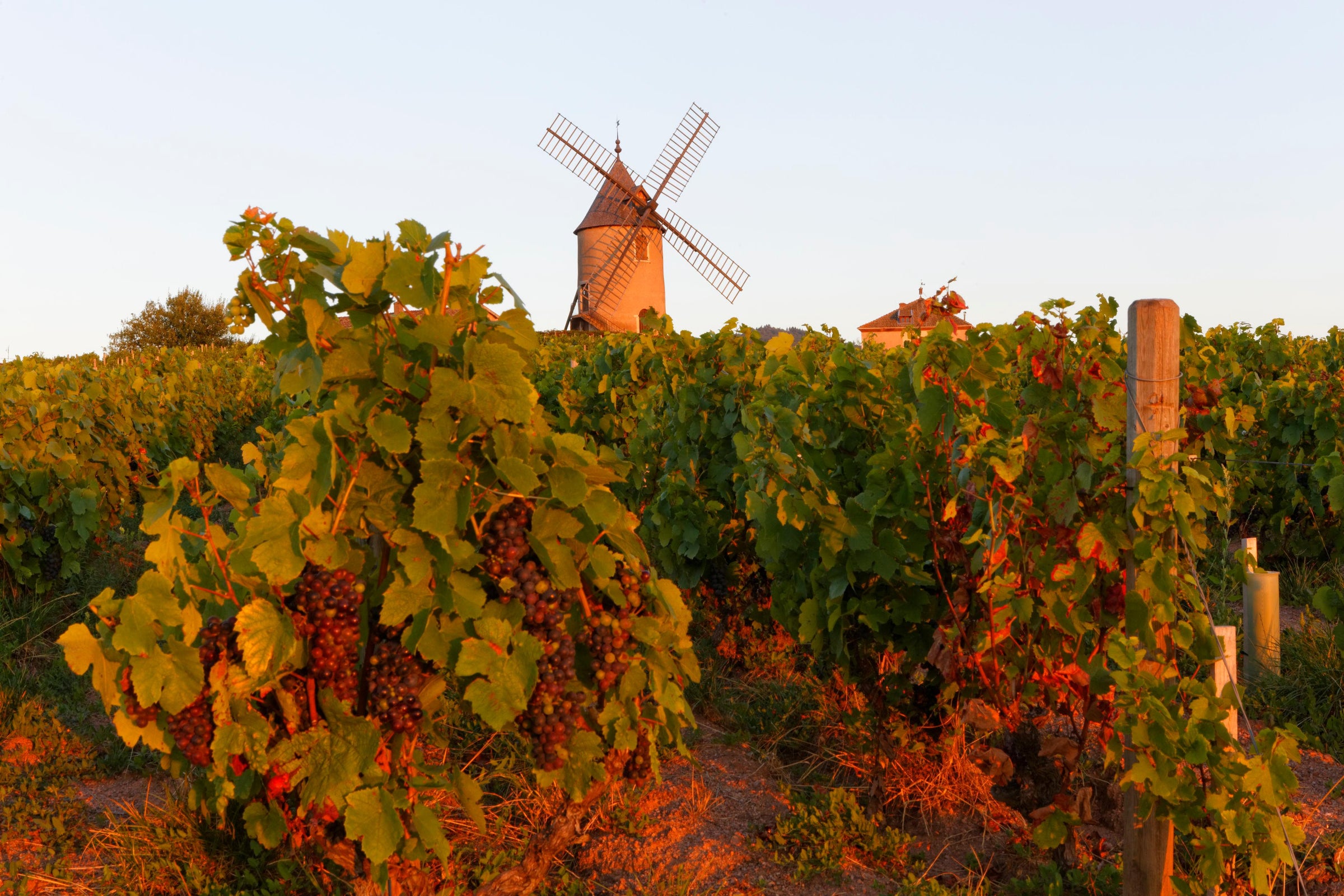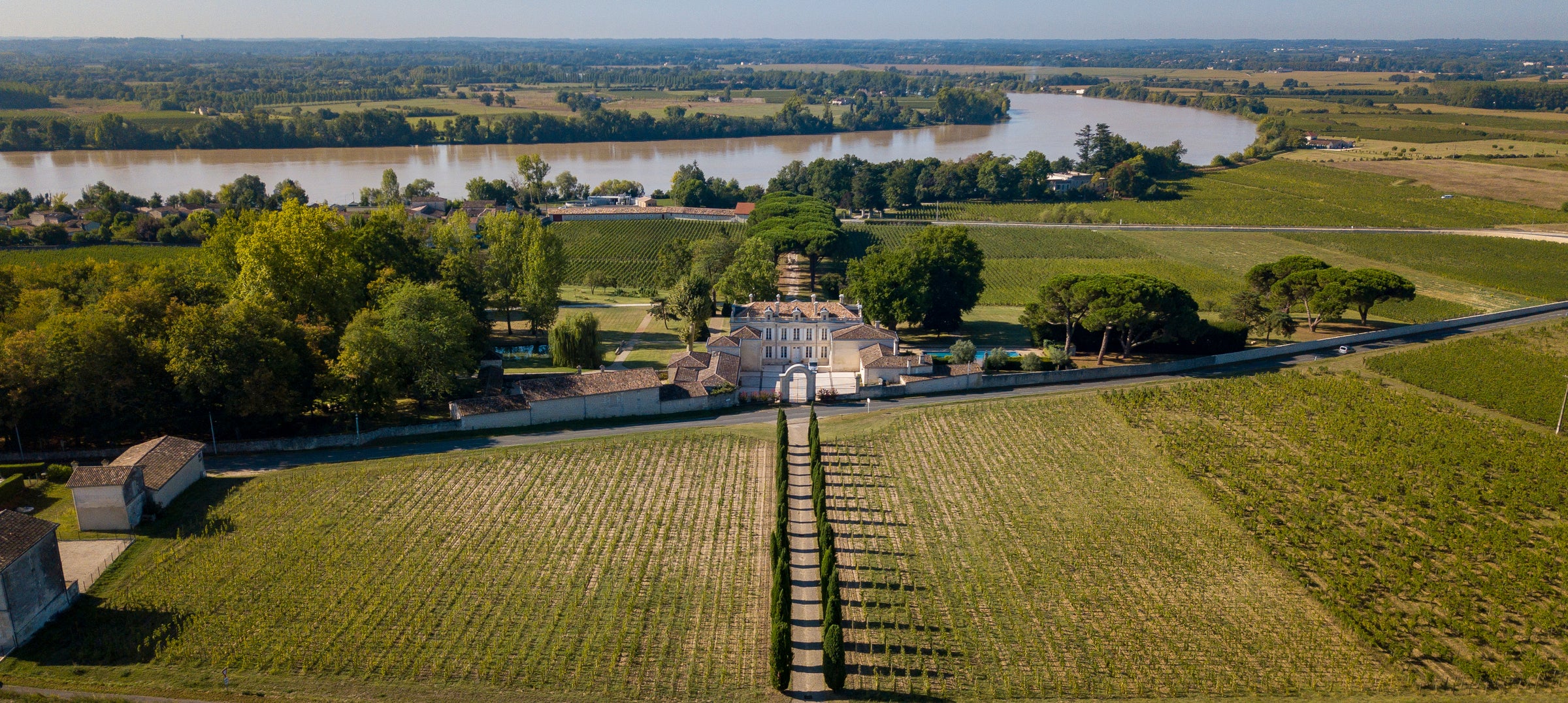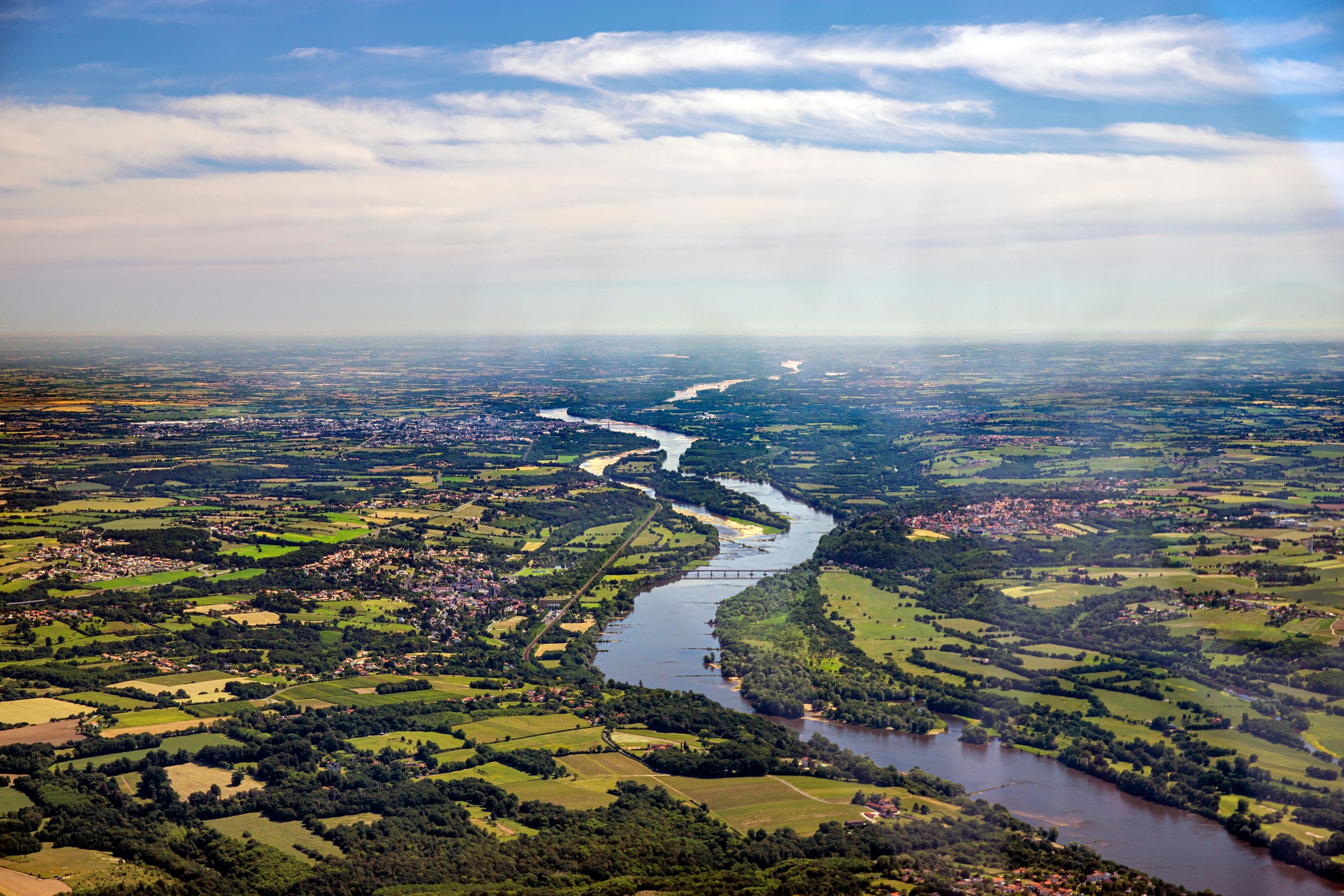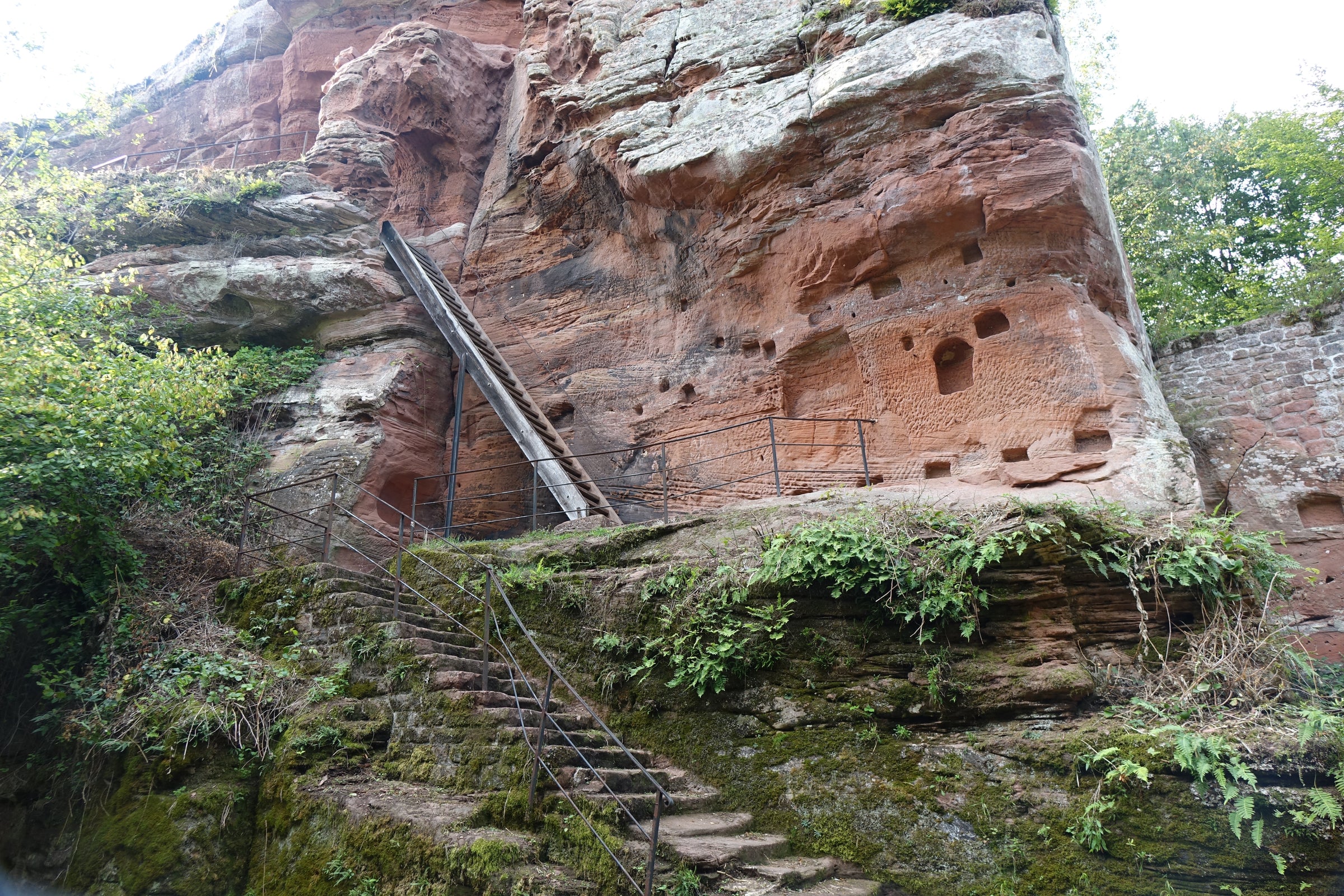Once you’ve traveled to a wine region and seen it firsthand, every subsequent sip of wine from that region takes on greater depth. The aromas and flavors are accompanied by a flood of images—in the case of this wine, for example, I’m transported to the blink-and-you’ll-miss-it village of Meursault.
In my mind’s eye is Meursault's tidy little town hall and fountain topped with a statue of a woman harvesting grapes, surrounded by cherubs. One sip and I’m underground, in a hand-dug cellar with moisture seeping through its limestone walls, watching a winemaker dip his ‘thief’ into a barrel, then release his glistening catch into my glass. Classically styled wines like this 2012 Meursault from Paul Chapelle & Ses Filles will do that to you—and by ‘classic’ I mean a wine that hews to the traditional image of Meursault as the most golden and opulent of the great Côte de Beaune Chardonnays. Mineral, mouth-filling, roast chicken-eating Chardonnay. Even the name, ‘Meursault,’ sounds voluptuous.
Before inheriting a one-hectare vineyard in Santenay in 1976, Paul Chapelle was a consulting enologist for many of the top estates in Burgundy, including Ramonet, Lafarge, and Paul Pernot. The launch of the Chappelle domaine also included a small amount of Meursault (from contract fruit), and later he expanded his holdings to include three hectares in Puligny-Montrachet. These days, the tiny property is overseen by one of the filles (daughters) in “Ses Filles,” Christine Chapelle Beck, who took over in 2009.
The farming here is carried out according to lutte raisonnée principles, meaning that organic practices are followed except in the most extreme emergencies. Yields are kept very low and both fermentation and aging are carried out in mostly used oak barrels. Only about 20% new oak (maximum) is employed for this Meursault, which is bottled unfiltered.
Now with a touch of bottle age behind it, Chapelle’s 2012 Meursault has developed a deeper, more golden hue at its core with hints of straw and green at the rim. The nose screams old-school white Burgundy: bosc pear, yellow apple, yellow and white flowers, chopped hazelnuts, mushroom, and a dash of warm spice jump from the glass. After a rough decanting and about 30 minutes of air, it opens to a beautiful lush creaminess that coats the palate—but there’s also dense minerality and tangy acidity to keep it perfectly fresh. When serving, don’t be afraid to let the wine sit out and come up past cellar temperature. You can even pour a glass while preparing for a dinner party and watch wine evolve ever next hour or so to find your taste preference with this bottle. I prefer mine 55-60 degrees like I’m drinking in a cellar, but serving temperature is personal. Just don’t serve it directly from the refrigerator—it will be shy and only give small range of aromatics, and the texture will seem lighter. A Burgundy glass obviously gets the call here, and while it is enjoyable now I think this wine’s peak years will start around 2020. The succulence of this wine makes food pairings easy—or rather, difficult, because there are so many ways you could go: I’m thinking mushroom ravioli with cream and black truffles; or brown butter skate with a
beurre noisette sauce and crispy potatoes; or, my old favorite, roasted chicken. I sure like the sound of some crispy skin with this wine. Let’s go with that!


